Navigating the bustling streets of Thailand often involves hopping onto the iconic songthaew, or shared pickup truck taxis. These vibrant red or blue vehicles are a staple of local transportation, but for many travelers, the challenge lies in negotiating fares. Unlike metered taxis, songthaew fares are often agreed upon through conversation, making a basic grasp of Thai numbers essential for a smooth ride.
The art of haggling isn’t just about getting a fair price—it’s a cultural exchange. Drivers appreciate the effort when foreigners attempt to communicate in Thai, even if it’s just numbers. Start by greeting the driver with a warm "Sawasdee krub/ka" (depending on your gender), which sets a friendly tone. From there, knowing how to say numbers like "haa" (five) or "sip" (ten) can make all the difference. Mispronunciations are common, but Thais are generally patient and will often correct you with a smile.
Thai numbers have their own rhythm and flow. For instance, "neung" (one) and "song" (two) are straightforward, but numbers like "sam sip" (thirty) combine words in a way that might trip up beginners. Practice is key. Before your trip, listen to recordings or use language apps to get comfortable with the sounds. When you’re on the ground, don’t shy away from repeating numbers back to confirm—it shows you’re engaged and respectful.
Beyond the basics, understanding how Thais use numbers in daily life adds depth to your interactions. For example, "roy" means one hundred, and "phan" is one thousand, but in casual haggling, you’ll rarely need to go that high. Most songthaew rides within a city cost between "sip" (ten) and "haa sip" (fifty) baht. If a driver quotes "yee sip haa" (twenty-five), you might counter with "yee sip" (twenty) and meet in the middle.
Context matters too. In tourist-heavy areas, drivers might initially quote higher prices, assuming foreigners won’t know the local rates. A confident "phaeng pai" (too expensive) followed by your counteroffer in Thai can level the playing field. It’s not about underpaying—it’s about paying what’s fair. Locals rarely pay more than "sam sip" (thirty) baht for short rides, so use that as a benchmark.
Non-verbal cues also play a role. Holding up fingers to indicate numbers is common, but pairing it with the correct Thai words reinforces your intent. If a driver says "see sip" (forty) and you offer "sam sip" (thirty), a nod or smile can seal the deal. Remember, haggling is expected, but it’s not a battle—keep it lighthearted.
For longer journeys or routes less frequented by tourists, prices might be less standardized. Here, phrases like "tao rai krub/ka?" (how much?) and "lod dai mai?" (can you lower the price?) become invaluable. If you’re unsure, ask a local or your hotel staff for typical fares to avoid overpaying. Thais are often happy to help if you approach them politely.
Mastering Thai numbers for songthaew rides isn’t just practical—it enriches your travel experience. It opens doors to conversations, earns you respect, and often leads to unexpected adventures. Whether you’re zipping through Chiang Mai’s old city or navigating Bangkok’s backstreets, a few well-pronounced numbers can turn a routine ride into a memorable cultural exchange.

By Samuel Cooper/Apr 15, 2025

By Christopher Harris/Apr 15, 2025
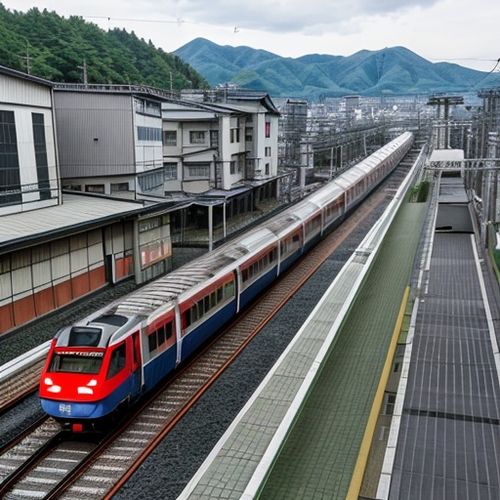
By Eric Ward/Apr 15, 2025

By Noah Bell/Apr 15, 2025
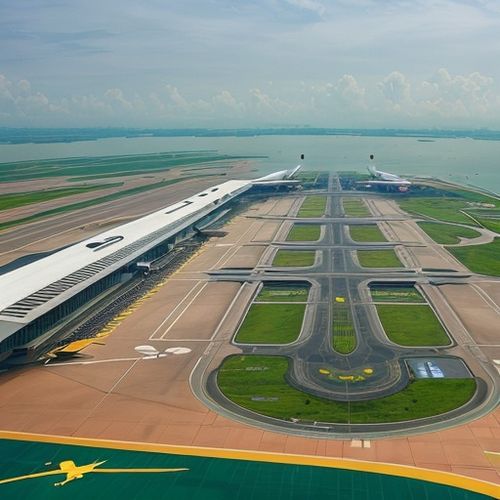
By George Bailey/Apr 15, 2025

By Daniel Scott/Apr 15, 2025
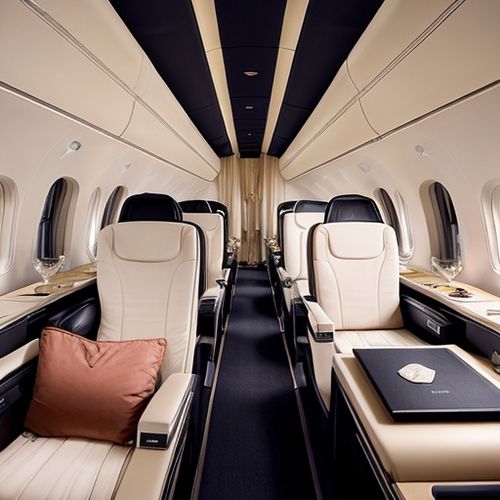
By Elizabeth Taylor/Apr 15, 2025
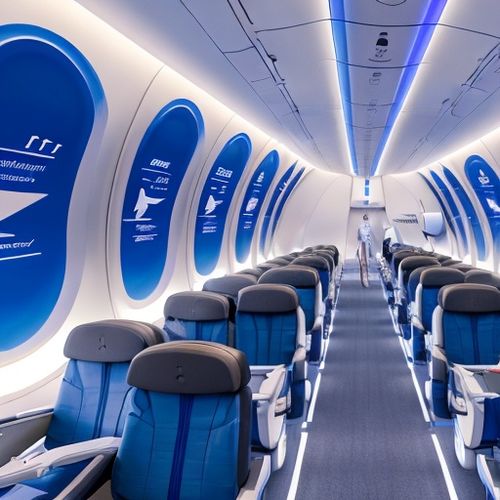
By Grace Cox/Apr 15, 2025
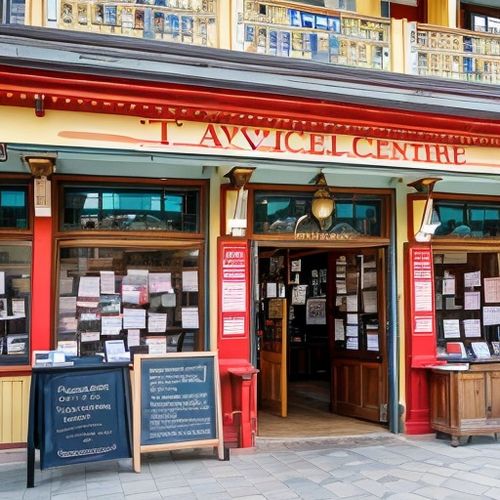
By Jessica Lee/Apr 15, 2025
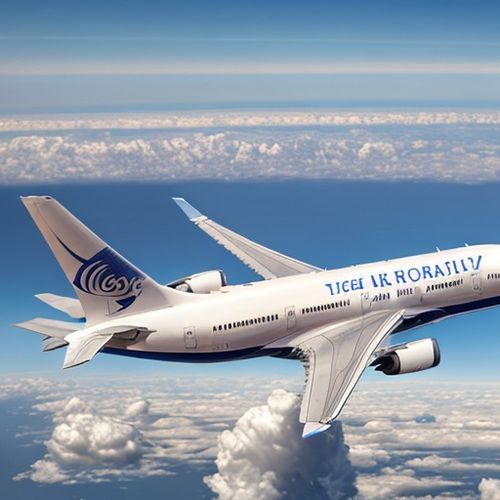
By Jessica Lee/Apr 15, 2025

By Ryan Martin/Apr 11, 2025
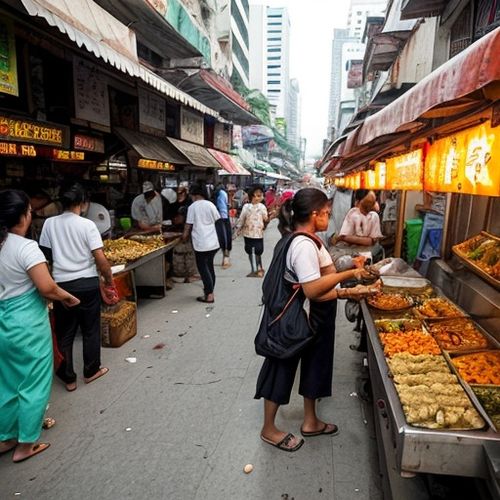
By Victoria Gonzalez/Apr 11, 2025
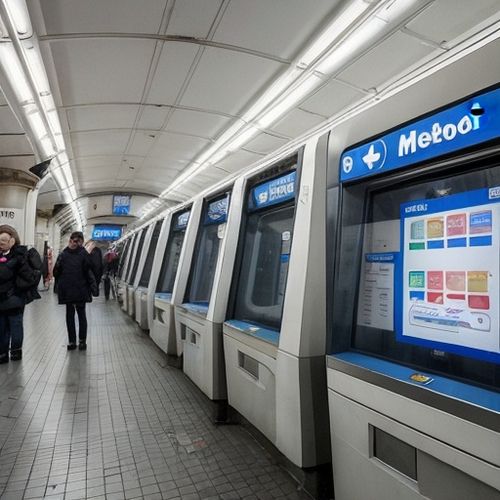
By Christopher Harris/Apr 11, 2025
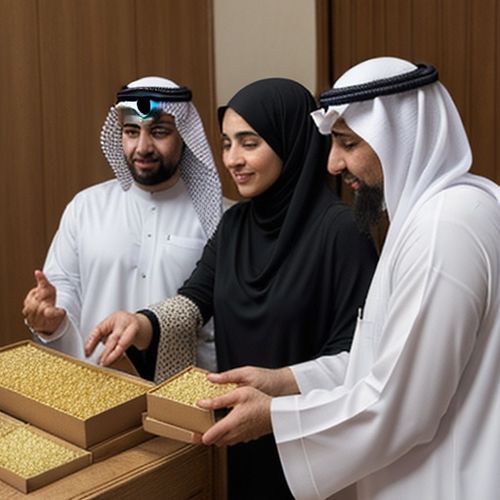
By Victoria Gonzalez/Apr 11, 2025

By George Bailey/Apr 11, 2025
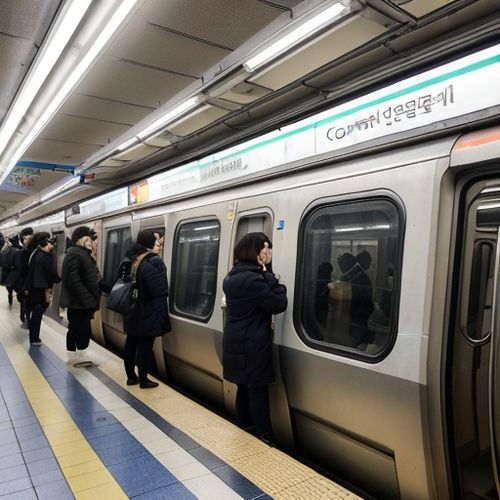
By Megan Clark/Apr 11, 2025
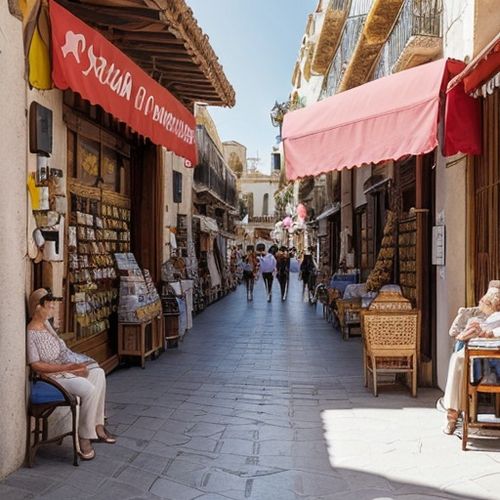
By Natalie Campbell/Apr 11, 2025
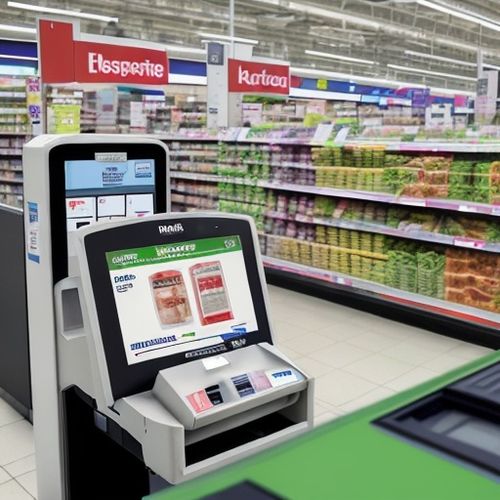
By Eric Ward/Apr 11, 2025
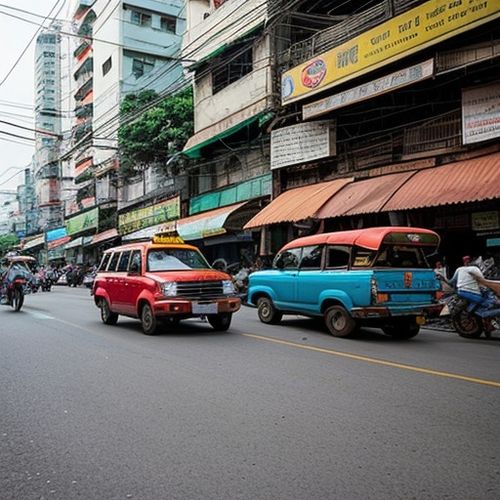
By Benjamin Evans/Apr 11, 2025